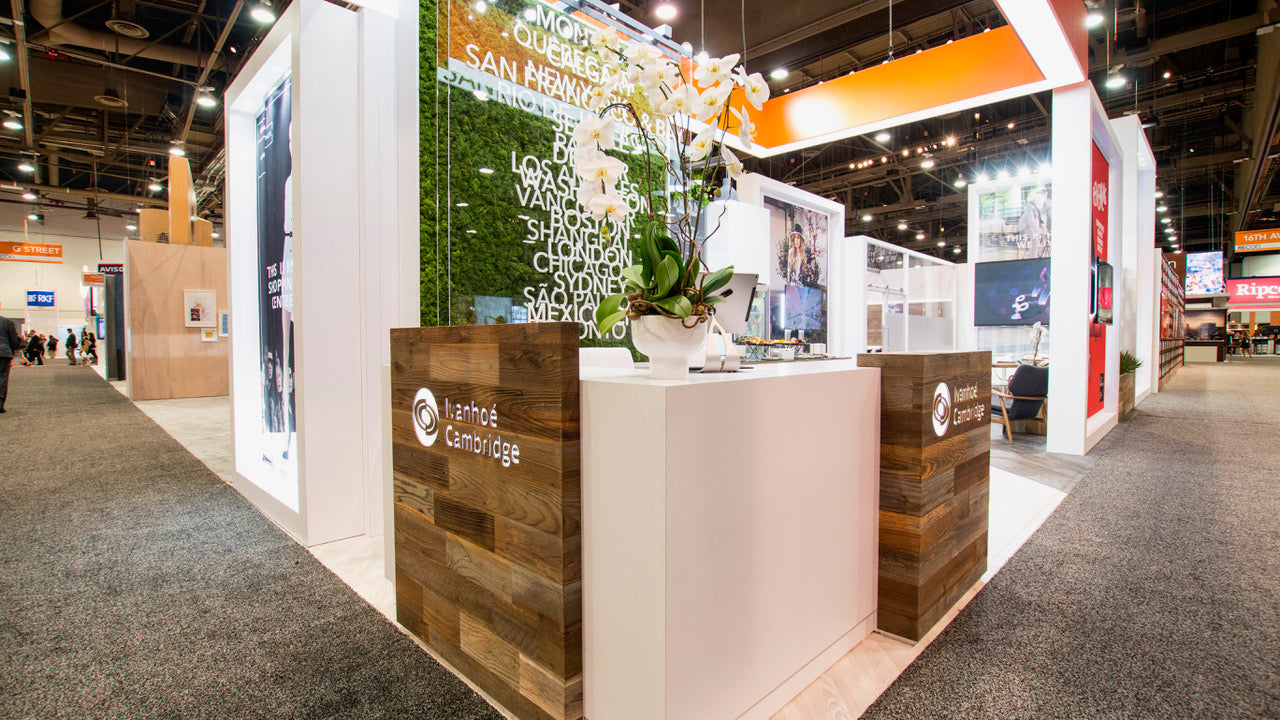
5 Versatile Ways to Use Real Wood
When it comes to construction projects, selecting the right type of wood is a critical decision for builders and contractors. Among the various wood options available, three popular choices often come into consideration: fir, cedar, and pine. Each of these woods possesses unique characteristics, advantages, and disadvantages. Comparing the woods and all of their benefits is a must in order to make informed decisions.

Strength and Durability: Fir wood is known for its strength and durability, making it an excellent choice for structural applications. It can withstand heavy loads and adverse weather, making it a reliable option for framing and support structures.
Cost-Efficiency: Fir wood is generally more budget-friendly compared to cedar but fir and pine are similar in price.
Workability: Fir wood is easy to work with, as it can be cut, nailed, and shaped with relative ease. This makes it a favorite among builders for various applications.
Appearance: While not as naturally beautiful as cedar, fir wood has a pleasing light color and a fine grain pattern. It can be stained or painted to enhance its appearance. Fir is also a more consistent grain pattern than pine which some designers may prefer.

Cedar Wood

Natural Beauty: Cedar wood is naturally very beautiful. It has a rich, reddish-brown color and a distinctive grain pattern that adds elegance to any project.
Resistance to Decay and Insects: Cedar contains natural oils that act as a deterrent against decay and insect infestation. This resistance to the elements makes it an excellent choice for outdoor applications, such as siding, decks, and fencing.
Lightweight: Cedar is relatively lightweight, which can make it easier to work with for certain construction projects, especially those that involve overhead installation.
Maintenance: Cedar does require periodic maintenance, such as sealing or staining, to preserve its appearance and durability over time. This is an important consideration for builders and contractors.

Pine Wood

Affordability: Pine wood is one of the most budget-friendly options, making it a cost-effective choice for various construction projects.
Workability: Pine is known for its ease of workability, making it a versatile wood for carpenters and builders. It can be cut, shaped, and joined without much difficulty. However, pine may have knots that will have to be worked around.
Accepts Stains and Paints: Pine readily accepts stains and paints, allowing builders and contractors to achieve the desired finish and appearance for their projects.
Durability: While pine is less naturally resistant to decay and insects compared to cedar, it can still perform well when properly treated and maintained, especially for interior applications.

The choice between fir wood, cedar wood, and pine wood depends on the specific requirements of the project, including budget, aesthetics, durability, and resistance to environmental factors. Fir wood is prized for its strength and affordability, cedar for its natural beauty and outdoor durability, and pine for its budget-friendliness and workability. It’s important to assess each project's needs and priorities to make the right decision.
Join our newsletter to stay informed with new product releases, designer spotlights and promotions.
Your cart is currently empty.
Start Shopping